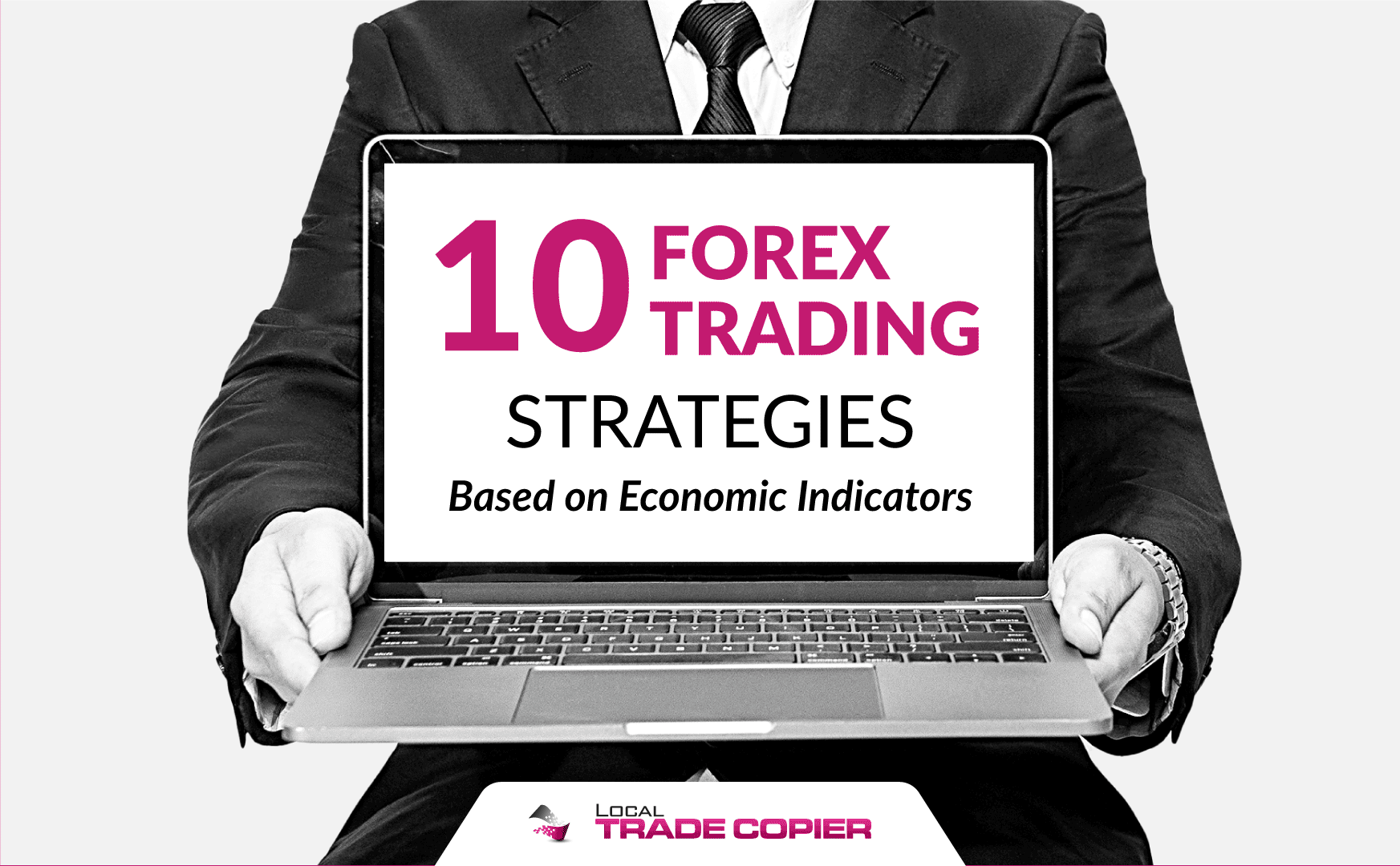
As a Forex expert, I understand the importance of using sound strategies to navigate the dynamic currency markets. In this article, we will explore ten powerful Forex trading strategies that revolve around economic indicators. These strategies can help you make informed decisions and seize profitable opportunities. So, let’s dive in and discover how economic indicators can be your best ally in the Forex trading arena.
Understanding Economic Indicators
As a savvy Forex trader, you must grasp the significance of economic indicators. These vital statistics offer insights into a country’s economic health and can greatly influence currency values. Keep an eye on key indicators such as GDP growth rates, employment figures, inflation rates, and consumer confidence. Understanding the impact of these indicators can be the foundation of your trading success.
Forex Trading Strategies Based on Economic Indicators
1. The Trend is Your Friend
Remember, “The trend is your friend” is an age-old adage in the trading world. It holds true in Forex as well. Economic indicators often lead to long-term trends in currency pairs. As a trader, spotting and following these trends can boost your chances of success. Embrace the trend, and it might just lead you to lucrative trades!
2. The Interest Rate Differential Strategy
Central banks’ decisions on interest rates are critical in Forex trading. The interest rate differential strategy involves trading currency pairs with significant differences in interest rates between two countries. Look for opportunities to go long on the currency with a higher interest rate and short on the one with a lower interest rate.
3. The Purchasing Power Parity (PPP) Strategy
As a Forex expert, you understand that currencies can be overvalued or undervalued relative to one another. The PPP strategy revolves around identifying undervalued currencies and trading them against overvalued currencies. Keep a keen eye on the PPP to make informed trading decisions.
4. The Non-Farm Payroll (NFP) Strategy
The Non-Farm Payroll report from the US is a game-changer in the Forex market. Released monthly, it reveals the number of jobs added or lost in the economy. This influential report can cause significant market movements. Stay alert, analyze the NFP report, and position your trades wisely.
5. The Consumer Price Index (CPI) Strategy
Inflation can impact a country’s currency value significantly. The CPI strategy involves monitoring inflation trends and adjusting your trades accordingly. Keep a lookout for unexpected CPI readings that could trigger market volatility.
6. The Gross Domestic Product (GDP) Strategy
As a Forex expert, you know that a country’s economic output is a critical factor in currency valuation. The GDP strategy requires keeping a close eye on GDP reports and aligning your positions based on a country’s economic performance.
7. The Trade Balance Strategy
A country’s trade balance, comparing its exports and imports, can influence its currency value. Positive trade balances may lead to currency strengthening. Utilize the trade balance strategy to identify currencies that could potentially gain value.
8. The Central Bank Policy Strategy
Central banks play a pivotal role in shaping monetary policies. As a Forex trader, closely monitor central bank statements and decisions. Anticipate potential shifts in currency value and make timely trades.
9. The Sentiment Analysis Strategy
As a Forex expert, you understand that market sentiment matters. While not a direct economic indicator, sentiment analysis gauges the mood and perception of traders. Incorporate this analysis into your decision-making process to adapt to market conditions.
10. The Combination Strategy
As a seasoned Forex trader, consider combining multiple economic indicators to make comprehensive trading decisions. By analyzing various indicators, you can create a more accurate and well-rounded picture of the market.
Conclusion
You’ve now learned about ten powerful Forex trading strategies based on economic indicators. As a Forex expert, your success lies in being adaptable, knowledgeable, and strategic. By utilizing these strategies, you can enhance your trading edge and boost profitability. Remember to stay updated on economic data and market trends to make informed decisions.
FAQs
1. How often are economic indicators released?
Economic indicators are released on specific schedules, ranging from monthly to quarterly or annually, depending on the indicator.
2. Are there risks associated with trading based on economic indicators?
Yes, trading always carries risks. As a Forex expert, prioritize risk management to protect your capital.
3. Can I solely rely on economic indicators for trading decisions?
While economic indicators provide valuable insights, consider other factors such as technical analysis and geopolitical events for a well-rounded approach.
4. Are these strategies suitable for beginner traders?
Absolutely! As a Forex expert, I encourage beginners to practice with a demo account and gradually implement these strategies in real trading.
5. Where can I access real-time economic indicator data?
Numerous financial websites and platforms provide real-time economic indicator data for traders to stay informed.